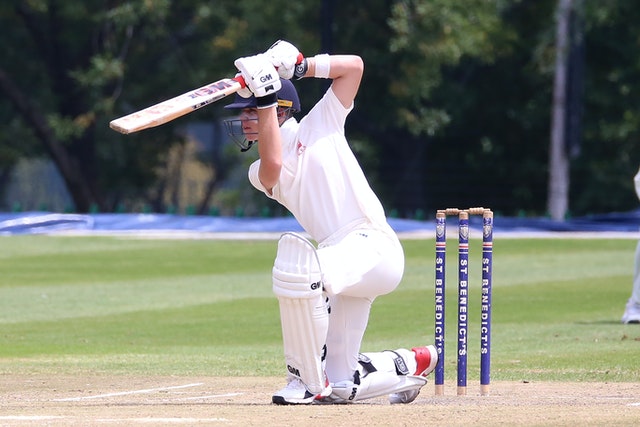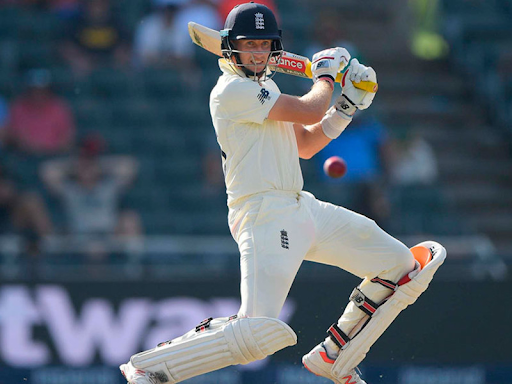
One Day International (ODI) is a limited-shot variation of cricket. Only two teams that have international status can participate in the game. Both opponents face a certain number of frames. Today this number is 50. The maximum duration of the game is 9 hours. In this format, the Cricket World Cup in https://parimatch.in/blog/en/what-is-odi-in-cricket/ takes place once every 4 years. Also, in some resources, such one-day matches are called limited international matches (LOI). But the term also applies to Twenty20 matches. This is the major league, matches of which are of the highest standard on list A, the number of overs is limited.
International one-day games were developed at the end of the 20th century. Australia and England took part in the first such game. The fight took place on January 5, 1971, at the Melbourne Cricket Ground. After the first 3 test days were completed, the organizers of the competition decided to stop the match. It was decided to play a one-day game, which consisted of 40 overs of 8 balls in each direction. Team Australia won by 5 wickets. The match will be held in a white uniform and with a red ball.
For such matches, standard cricket rules apply. But there is one difference. Each team can only throw a fixed number of overs. As a rule, this number is 50 overs.

List of countries that can participate in ODI:
- Australia
- England
- New Zealand
- Pakistan
- West Indies
- India
- Sri Lanka
- South Africa
- Zimbabwe
- Bangladesh
- Afghanistan
- Ireland
The main features of ODI games should be noted:
- The match involves 2 teams of 11 players.
- The captain of the team that won the toss chooses either the bat or the bowl (field).
- The team that administers the first serve sets the target score. The serve will continue until that team comes out in full force, or until the first side has completed all of its assigned offers.
- Each bowler is restricted to bowling. The maximum number of overs is 10. That is, each team must have at least 5 professional bowlers.
- In order to win the match, the second team must score more points than the given result. That is, the bowler must try to eliminate the team or have it use all of its overs before it reaches a given personal score and wins.
- When the number of runs scored by both opponents is equal, or when the other team has lost all their wickets or ran out of overs, the game is declared a tie. The number of wickets lost does not affect the outcome of the match.
In cases where overs have been lost due to bad weather, the total number of overs may be reduced. According to the results of the match, the winner was the team that performed its tasks with the highest speed. But for the 1992 World Championship, new standards were introduced, according to which preference was given to the team that dropped the worst overs.
Now, the Duckworth-Lewis-Stern (DLS) system was used to determine the results of the match. This method, which used a statistical approach, took into account the fact that it was the wickets that mattered most to the increase in running speed. That is, the team with the most wickets represents a more aggressive style of play on the field. Sometimes not enough overs may be played to apply this technique. Then the match can end without a result.
If a One Day International takes place at the final stage of an important tournament, two days may be allocated for the game. Then the result of the match can be decided on the second reserve day. The game will be played again, or will continue from the point where it was interrupted by rain on the first day.
